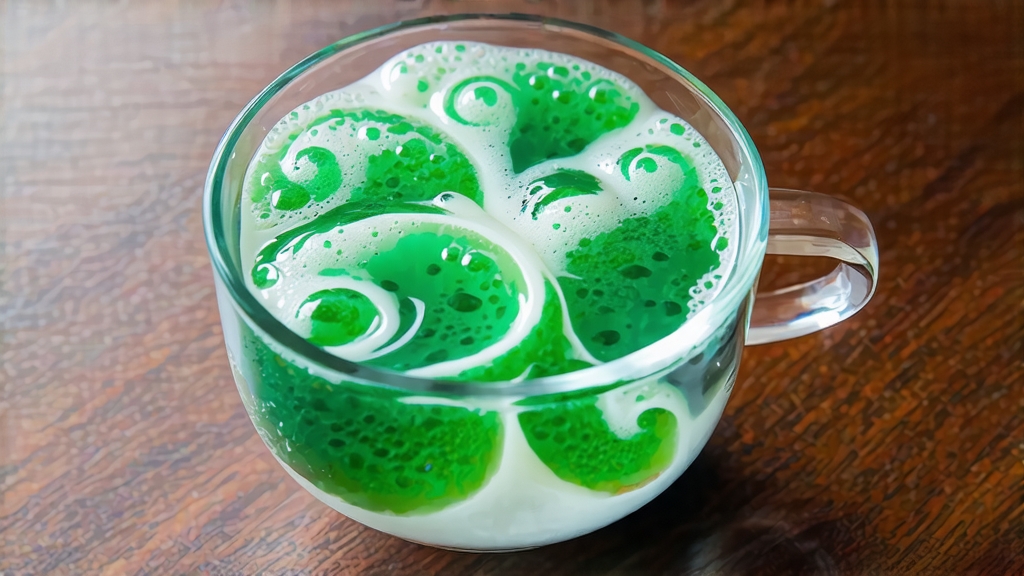
Biluochun, whose name translates literally to “Green Snail Spring,” is one of China’s ten most celebrated teas, yet it remains a quiet treasure beyond the country’s borders. Grown in the mist-locked hills that cradle eastern Taihu Lake, Jiangsu Province, this emerald-green tea seduces with the shape of a tiny spiral shell, the scent of fresh apricot blossom, and a taste so soft it feels like silk on the tongue. To understand Biluochun is to listen to a 1,200-year-old story that weaves emperors, poets, Buddhist monks, and meticulous artisans into one fragrant cup.
Historical whispers place the tea’s birth during the Tang dynasty, when mountain villagers noticed that wild tea trees growing among peach, plum, and loquat trees produced leaves of unusual fragrance. Local monks began harvesting them for meditation, believing the aroma cleared the mind. By the Song era the leaves were pressed into tribute cakes, but it was the Kangxi Emperor of the Qing who, during his southern inspection tour of 1699, christened the tea “Biluochun” after its snail-like roll and spring harvest. Court chroniclers record that he preferred it steeped in water drawn from the palace’s snow melt, declaring it “the color of liquid jade, the taste of living spring.”
Today the appellation “Biluochun” is protected; only leaf plucked within Dongting East and West Mountains of Taihu Lake may bear the name. Two sub-categories share the title yet express different personalities. “Dongshan Original” grows on the lake’s eastern peninsula where morning fog lingers longest; its liquor is pale chartreuse with a pronounced orchid note. “Xishan Island” leaf, cultivated on the lake’s largest island, receives more direct sun, yielding a slightly fuller body and a hint of sweet chestnut. A third style, “Wuzhong Early Sprout,” is harvested five to seven days before Qingming festival; connoisseurs prize its needle-fine shape and brisk, almost sparkling finish, but it lacks the signature fruit-tree aromatics developed when tea bushes intermingle with orchard bloom.
The crafting of Biluochun is a ballet performed within six hours of plucking. Pickers take only the unopened standard—one bud plus the adjacent leaf—discarding anything longer than 2.5 cm. The fresh baskets are rushed to the village where they are “qing guo,” or green-returned: spread thinly on bamboo trays to breathe for thirty minutes, allowing grassy volatiles to dissipate. Next comes the kill-green phase, unique among Chinese greens for its low-temperature start. Artisans tumble 250 g of leaf at a time in woks heated to 80 °C, using only their bare fingers to feel for the moment cell walls soften but chlorophyll remains vivid. The temperature is then raised to 120 °C for forty seconds to fix color, followed immediately by the spiral rub. Here the master presses, rolls, and flicks the leaf against the wok’s wall in a motion that resembles calligraphy brushwork. Done correctly, the bud wraps around the leaf tip, forming the iconic tight curl. Finally, the tea is “hong bei,” charcoal-baked, over a gentle ash fire of local peach wood, absorbing a whisper of fruit smoke that amplifies its natural sweetness. The entire process consumes four hours and reduces the leaf to one-fifth its original weight.
Water choice is paramount when infusing this delicate tea. Ideal is spring water with a neutral pH and total dissolved solids below 50 ppm; if unavailable, filtered water rested overnight will suffice. Heat to 75 °C—any hotter coagulates the amino acids, muting fragrance. Use a tall glass or a gaiwan of 150 ml capacity; transparency allows you to watch the “tea dance.” Measure 3 g of leaf, roughly one level teaspoon, and rinse the vessel with hot water to pre-warm. Shake the dry leaf inside the warmed glass; the trapped aroma bursts forth like walking into an orchard at dawn. Now pour water along the wall, not directly onto the curls, and fill to one-third. Within seconds the spirals hydrate, sinking like tiny green comets. Top up to seven-tenths full and steep for 45 seconds. The first liquor should shimmer like pale chardonnay. Subsequent infusions lengthen by 15 seconds; quality Biluochun yields five steeps before its soul fades.
To evaluate a cup, begin with the dry scent. Authentic Dongshan leaf carries what locals call “biao xiang,”